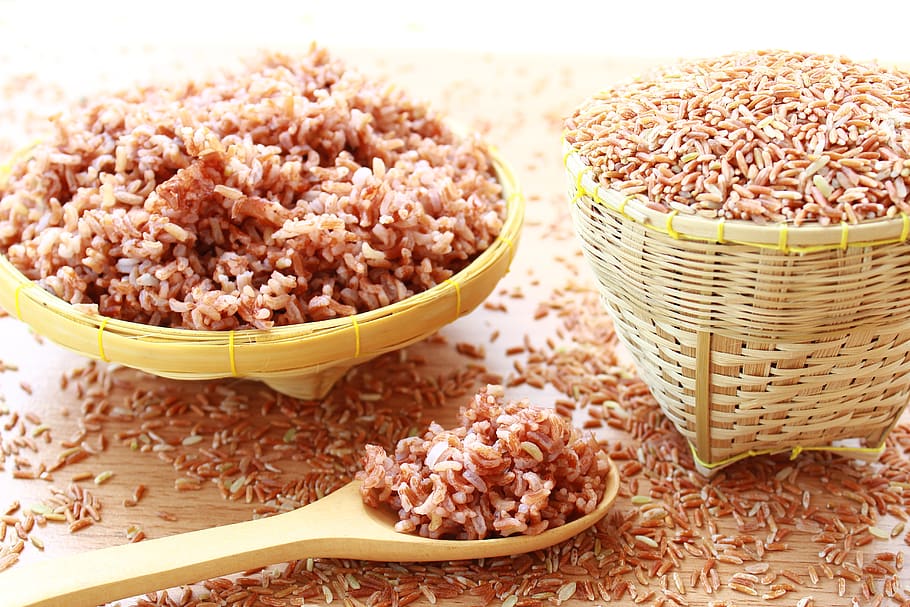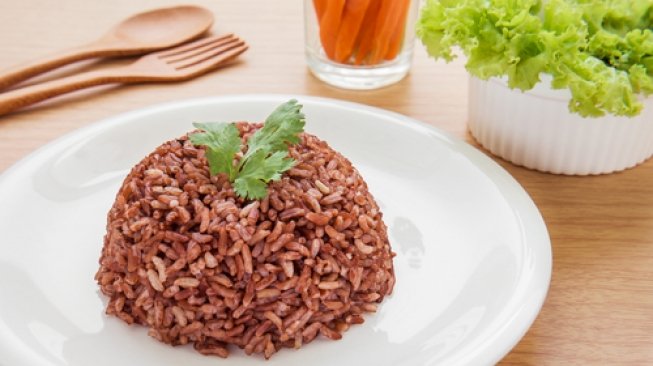Why Is Brown Rice Better Than White Rice for Your Health?
Rice comes in various forms. Besides the different varieties, shapes, colors, shapes, and growing areas, rice lovers can choose to cook white rice, semi-complete rice, or whole-grain rice. Here are some reasons why whole-grain rice is more advisable than white rice for your health or specific diets.
1) A Richer Rice
Brown rice is known to be richer since it contains more fiber and vitamins than white rice. Consequently, it has a better effect on the body than white rice. This also means that brown rice is digested more quickly and easily by the body and supplies you with much of what you need to go through.
Additionally, the refining process that white rice undergoes takes away many of its nutrients, including vitamins B1, B3, B6, manganese, phosphorus, iron, fiber, and essential fatty acids. White rice is therefore industrially fortified to meet the standards of public bodies for daily intake. It is significantly enriched with carbohydrates, making it a much sweeter food than brown rice and thus more detrimental to health. On the other hand, brown rice is beyond white rice, both in terms of its composition and its intake for the human body. More respectful of our organism, it is a more organic product that can please those who are fed up with industrial rice.

2) Boosts Weight Loss
One food to eliminate from your diet if you are attempting to lose weight is white rice, as it is more difficult to digest and full of starch. Brown rice is high in fibre, easy to digest and makes you feel full for longer. For instance, 100 g of cooked brown rice contains 2.3 g of fibre, while the same amount for white rice is 0.8 g. As a result, brown rice is more nutritional, i.e. it “feeds for longer”. This means that you will eat smaller portions, and it will be expelled faster than white rice.
3) It Is Composed of Natural Oils
Heart-healthy oils present in brown rice can help the body lower harmful (LDL) cholesterol levels.
4) Low Glycemic Index
The glycemic index (GI) ranks foods according to how quickly and how much they raise blood sugar levels. Lower GIs in foods will be digested more slowly and will raise blood sugar levels. Brown rice is classified as a low GI food, and consuming it daily can reduce the risk of diabetes by up to 60%. Eating a lot of white rice increases the risk of type 2 diabetes. Replacing refined grains such as white rice with whole grains, including brown rice, is recommended to prevent type 2 diabetes.

5) It Is an Antioxidant
Everyone thinks of blueberries or green tea when thinking of antioxidants. What many people don’t know is that brown rice is a source of antioxidants as well.
6) It Is Very Rich in Selenium
Brown rice is highly rich in selenium, a major micronutrient known to significantly reduce our risk of developing certain forms of cancer and heart disease, inflammatory diseases, and rheumatoid arthritis.
As you can see, there are various reasons why brown rice is preferred over white rice, both in terms of its preparation and effects on health. In short, brown rice wins this duel of small grains with ease. Its higher mineral and fiber content are the main advantages over white rice, which is relatively low in nutrition beyond its richness in complex carbohydrates. Thanks to its fibers, whole grain rice is also suitable for people with diabetes or at risk of developing this pathology or intestinal transit motor problems.
If you’ve switched from white rice to brown rice, let us know how it has helped you in the comments below!



